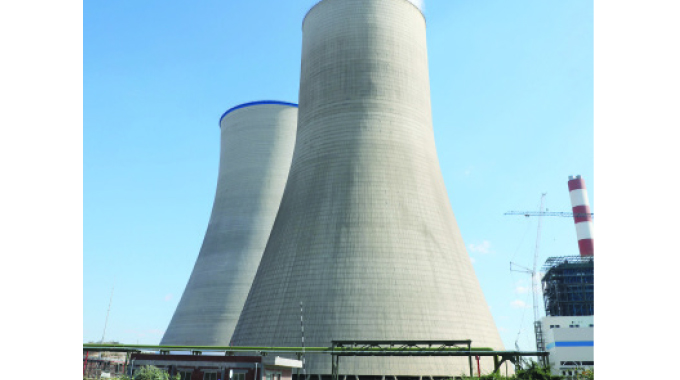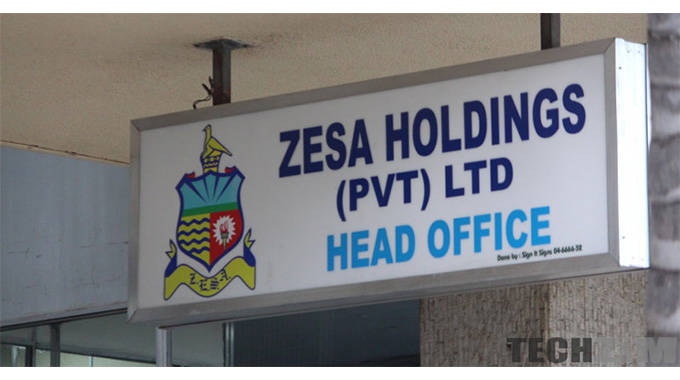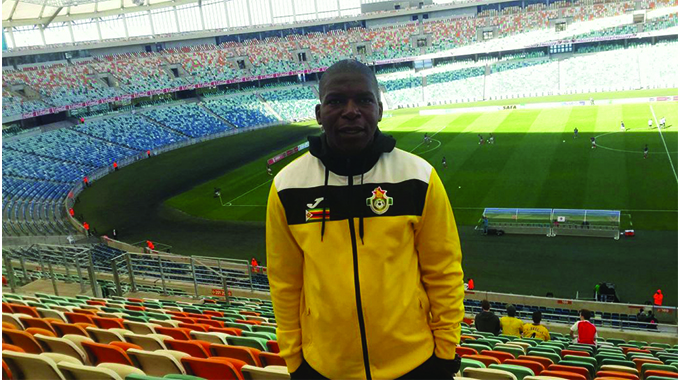Hwange Unit 7 switch-on by mid-March

Business Reporter
GOVERNMENT expects the Hwange Thermal Power Station Unit 7 to be switched on by March 16, 2023 with Unit 8 a month later, a move that will greatly ease the power supply deficit in the country.
Both units will inject an additional 600 megawatts largely expected to boost Zimbabwe’s energy production and ease imports.
In recent days, thermal power generation at Hwange was subdued with only 73MW being fed to the national grid on Thursday amid incessant equipment breakdown at the old units.
Power generation statistics gleaned from the Zimbabwe Power Company show that Hwange production levels were at 74MW on Tuesday down from 75MW on Monday with Bulawayo yesterday, Harare and Munyati stations contributing no output.
On Thursday and Friday last week, 139MW and 168MW were generated from Hwange respectively.
Early in the month, Hwange contributed 384MW on the national grid on February 8 and 147MW on February 10. Hwange Power Station is the country’s largest thermal power producer with an installed capacity of 920MW.
During the National Assembly oral answers to questions without notice on Wednesday, Energy and Power Development Minister, Soda Zhemu, said Zesa officials have indicated that both units will soon come on stream.
“In the meeting that we held just recently with Zesa, they have now confirmed that Unit 7 shall be tied to the grid on the 16th of March,” he said.
“The second unit which is Unit 8, they are still working on and will be coming in a month later to give us the 600 megawatts.

Minister Soda Zhemu
“I am aware that people would have wanted this project to be completed early but this is the gestation of power stations, especially power stations when they are being constructed,” said the minister.
“We could not achieve that earlier than the gestation or lead time, which was provided for the project but we now have a concrete date that by the 16th of March — according to Zesa; 300 megawatts will start to be fed into the grid.”
He said for the greater part of this week, there was a depressed power supply situation due to an unfortunate outage of Hwange, which brought down three units successively from the 23rd and 24th of February.
Zesa engineers are working round the clock to bring back the units, he said.
“Shortly before we lost those three units, Hwange was sending to the grid around 440 megawatts and we came down to 77 megawatts. This is as a result of the age of the equipment, which we have always spoken about,” said Minister Soda.

Zimbabwe Power Company (ZPC)
“The power station was constructed between 1983 and 1986 and the equipment is now due for replacement. The Government has taken an initiative through procurement of a loan facility, which is being worked on by way of a detailed project report, which has been concluded.”
He revealed that independent power producers are contributing between 68 to 96MW to the national grid.
In its recent fourth-quarter trade update, Zimbabwe Power Company (ZPC) missed its projected 2022 power generation target of 9,111GWh by 7,29 percent due to several operational challenges, with small thermal stations continuing to produce insignificant output.
The power utility said production levels for the period under review fell short of planned generation by 30,96 percent as it generated 1,719GWh falling against the set target of 2,490GWh.
According to the update, Hwange Power Station generated an average of three units in the quarter under review compared to a target of five units as per the 2022 production plan missing the quarterly energy sent-out target by 34,02 percent.

Zesa
Small thermal power stations also missed their targets as they collectively produced 31,33GWh of energy falling 55,45 percent short of the quarterly target of 70,32GWh.
After the commissioning of the two new units, Zesa intends to start major rehabilitation of the existing units to restore their capacity to the designed 920MW.
Zimbabwe is also diversifying its energy mix to combine hydro, solar, wind, and biogas in keeping with global climate change mitigation efforts.
Zimbabwe targets to add more than 2 000MW to the national grid from solar, wind and other sources by 2030.











Comments